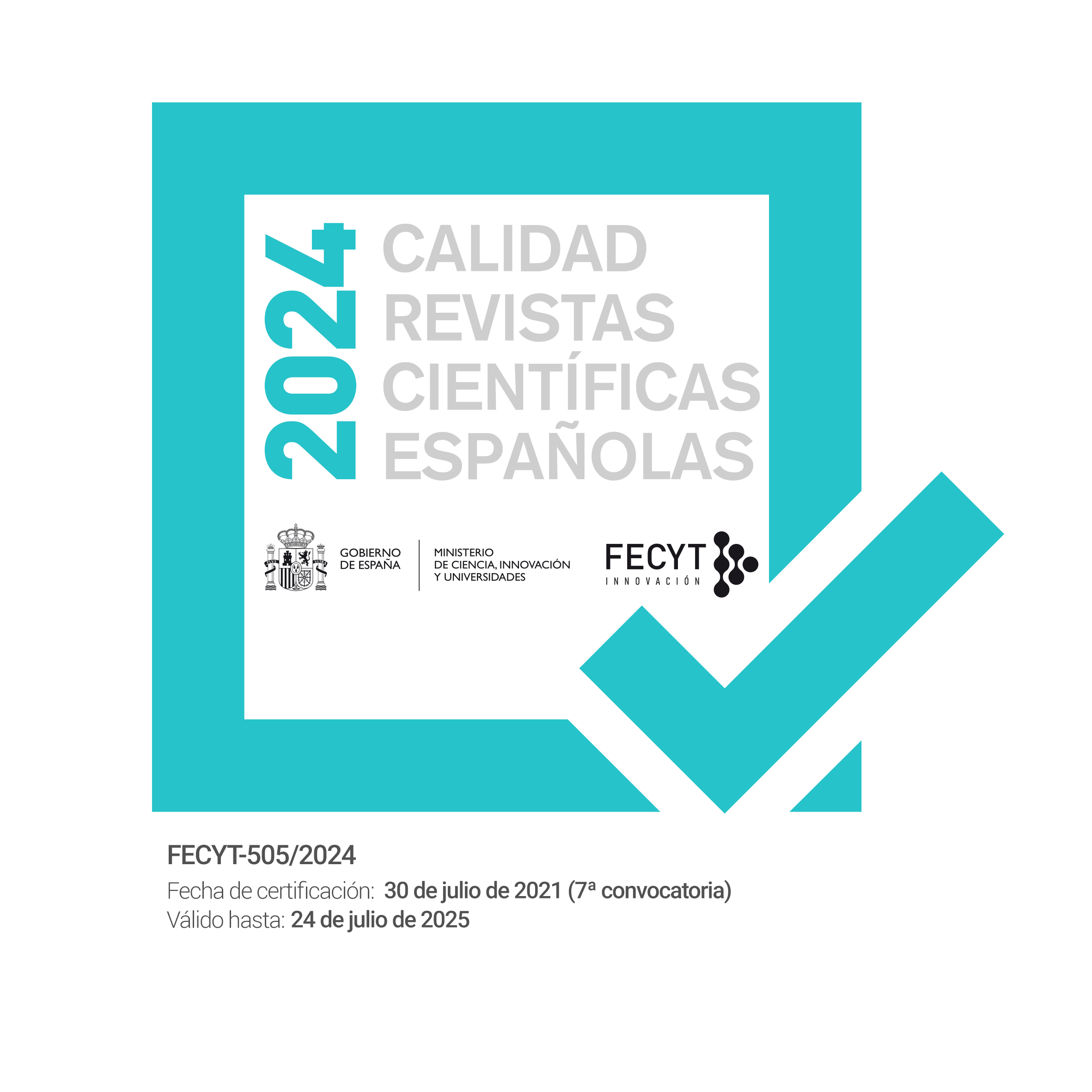A metaphysical approach to holobiont individuality: Holobionts as emergent individuals
DOI:
https://doi.org/10.7203/qfia.6.1.14825 Resum
Resum
Abstract: Holobionts are symbiotic assemblages composed by a host plus its microbiome. The status of holobionts as individuals has recently been a subject of continuous controversy, which has given rise to two main positions: on the one hand, holobiont advocates argue that holobionts are biological individuals; on the other, holobiont detractors argue that they are just mere chimeras or ecological communities, but not individuals. Both parties in the dispute develop their argu-ments from the framework of the philosophy of biology, in terms of what it takes for a “conglomerate” to be considered an interesting individual from a biological point of view. However, the debates about holobiont individuality have important ontological implications that have remained vaguely explored from a metaphysical framework. The purpose of this paper is to cover that gap by presenting a meta-physical approach to holobionts individuality. Drawing upon a conception of natu-ral selection that puts the focus on the transgenerational recurrence of the traits and that supports the thesis that holobionts are units of selection, we argue that holobionts bear emergent traits and exert downward powers over the entities that compose them. In this vein, we argue, a reasonable argument can be made for conceiving holobionts as emergent biological individuals.
Keywords: emergence, holobiont, symbiosis, microbiome, biological individuality, trait-recurrence.
 Descàrregues
Descàrregues
Descàrregues
Publicades
Com citar
-
Resum1576
-
PDF 783
Número
Secció
Llicència
![]()
Les obres publicades en Quaderns de Filosofia es troben sota la licencia de Creative Commons Reconocimiento-NoComercial-SinObraDerivada 4.0 Internacional.
Los autores que publican en esta revista están de acuerdo con los siguientes términos:
- Los autores conservan los derechos de autor y garantizan a la revista el derecho de ser la primera publicación del trabajo al igual que licenciado bajo una Creative Commons Attribution License que permite a otros compartir el trabajo con un reconocimiento de la autoría del trabajo y la publicación inicial en esta revista.
- Los autores pueden establecer por separado acuerdos adicionales para la distribución no exclusiva de la versión de la obra publicada en la revista (por ejemplo, situarlo en un repositorio institucional o publicarlo en un libro), con un reconocimiento de su publicación inicial en esta revista.
- Se permite y se anima a los autores a difundir sus trabajos electrónicamente (por ejemplo, en repositorios institucionales o en su propio sitio web) antes y durante el proceso de envío, ya que puede dar lugar a intercambios productivos, así como a una citación más temprana y mayor de los trabajos publicados (Véase The Effect of Open Access) (en inglés).





